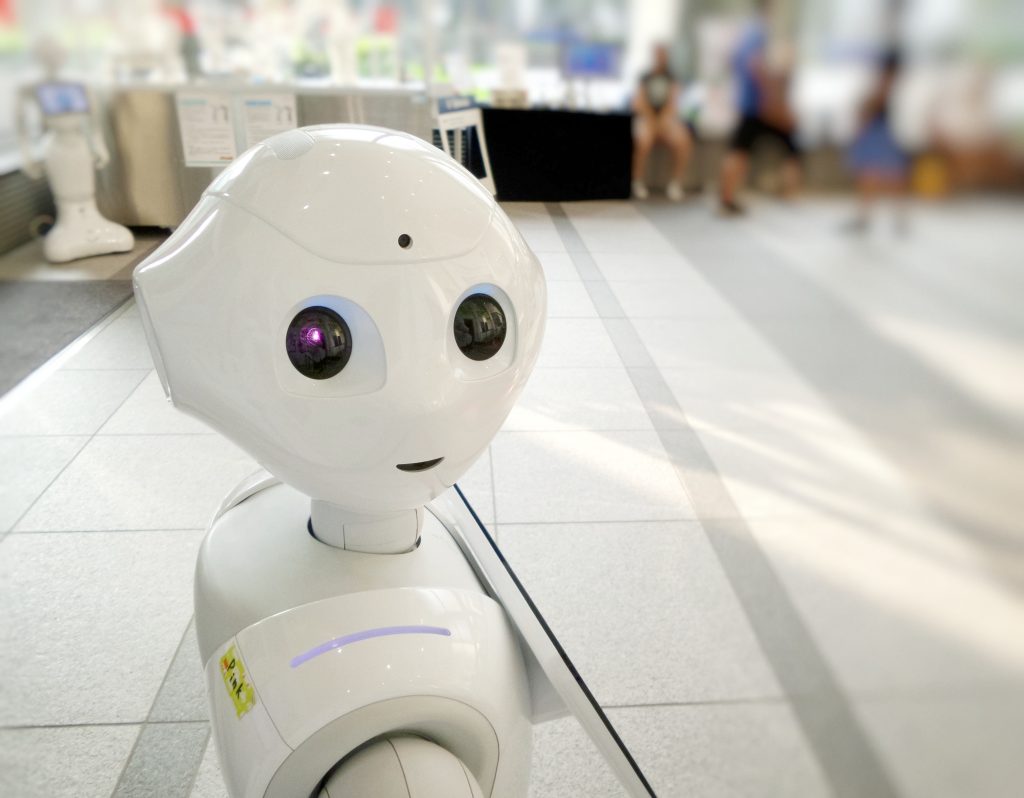
Are we all going to be out of a job soon?
We have had a look at some of the hottest technology trends in HR which are continuously developing and driving improvement in the industry.
Technology in recruitment
As time goes on and technology improves, HR Toolbox explains that, “modern recruitment management systems are increasingly relied upon. Companies can no longer afford to employ outdated strategies to discover, engage and nurture top talent.”
Technology and software can massively help recruitment teams by completing the time-consuming work that can be automated. It can also help to be more targeted in their search, allowing them to find the best candidates, much quicker.
HR Toolbox goes on to say, “The process will be optimised from start to finish, allowing HR to refine and perfect their onboarding process with less variation. In addition to learning management systems that foster better team training and communication, more companies will consider what machine learning and artificial intelligence has to offer. Chatbots and similar technology may take on more low-level tasks like scheduling and providing basic information. This will free up HR professionals to spend more time on important relationship-building activities with candidates.”
AI as a partner, not a threat
This is a biggie – embracing AI as a partner, not looking at it as a threat to us – which seems to be a growing trend across many industries. HR Dive talks about the shift in only the last couple of years to general attitudes:
“As Waletzke monitored conversations about tech throughout the last two years, he observed a radical shift. ‘The overall temperature of conversations completely changed. 2017 was robots are going to steal our jobs … now there is starting to be this embrace of technology,’ he said. “We’re really looking at ways we can use AI or machine learning to automate the talent acquisition experience so we can dive deeply into the one-on-one relationships.”
VR meets HR
Virtual reality is emerging as the hottest trend in the HR tech market – and it’s not a not passing fad. Virtual reality (VR) is a 3D computer-created world that allows you to experience and interact with things that aren’t there. It could prove to be revolutionary for the HR and recruitment world.
A blog from Sympa gives a great example: “A well-known example of the successful use of VR technology is The British Army, who already uses VR to overcome its recruitment challenges. It recently created four VR experiences based on combat training, adventure training, tank training and parachute training. These were then posted on YouTube 360 as a part of their recruitment strategy. The results were excellent, with an increase in applications of 65% in the first month the campaign ran and an increase of 41% in the second month.”
VR can be used in many interview processes, to allow candidates to prove their skill level and in training to give real-life on-the-job training.
What are the hot trends you’re jumping on? To discuss further, you can email me on James@refind.co.uk.
You can view more about James Cumming our change and business transformation specialist here.
Hiring an Interim Executive? You need to get it right! Discover the 8 step process you should follow, by downloading our free eBook here.





